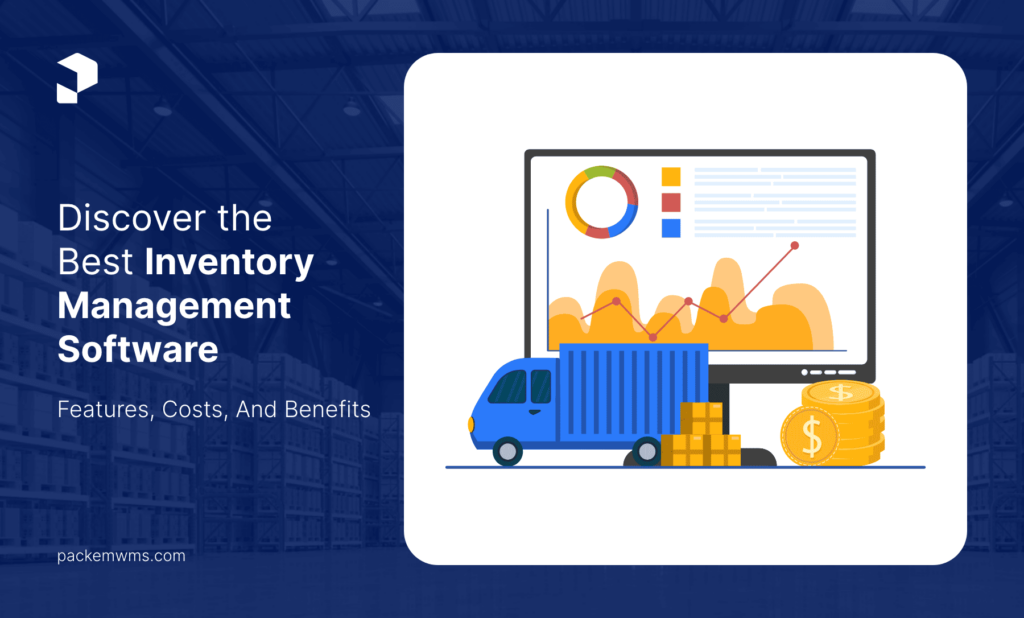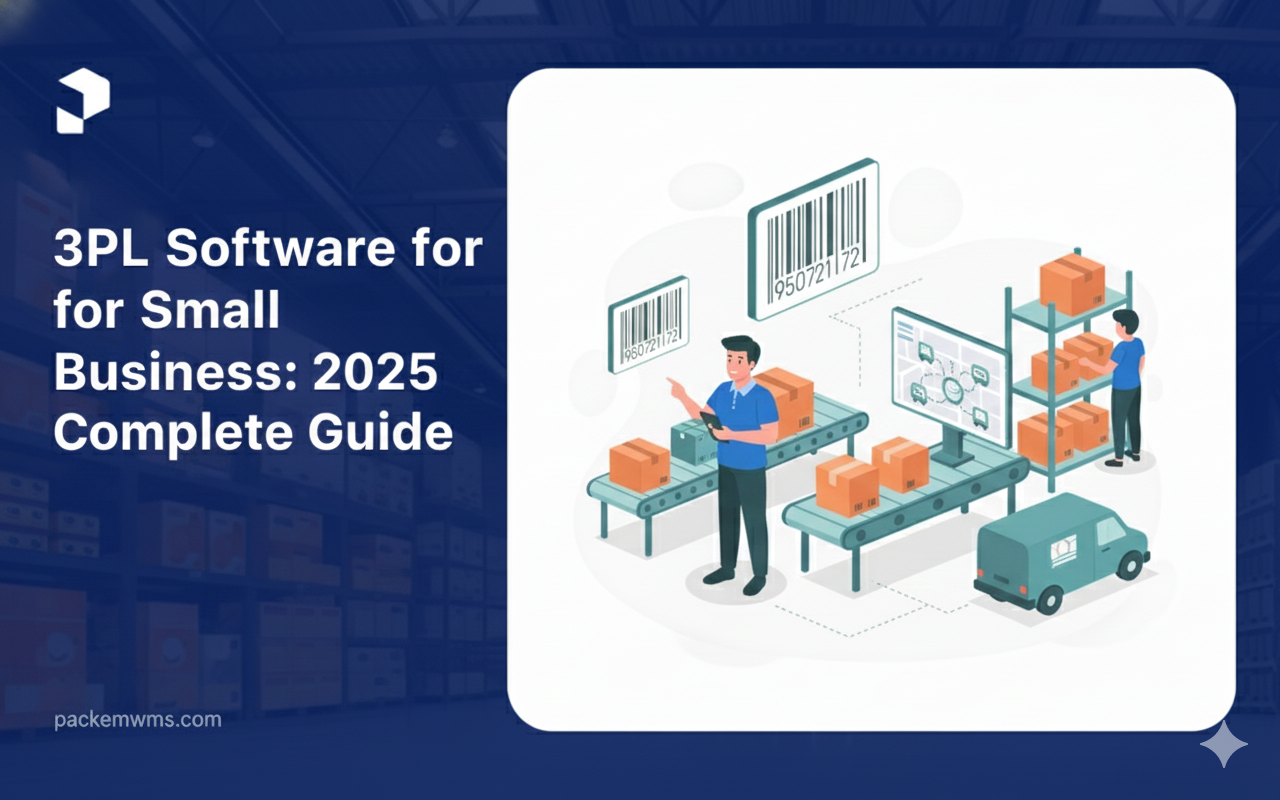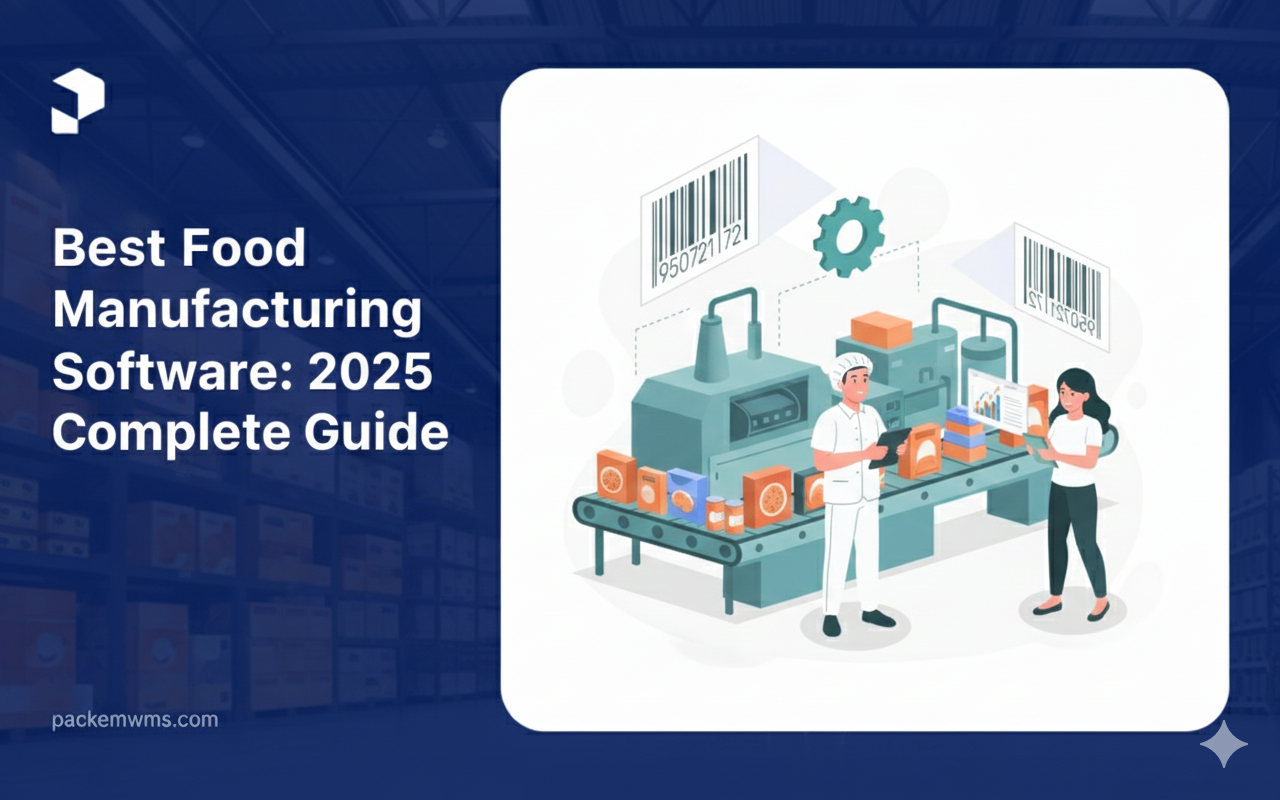Finding the right inventory management software can be transformative for your business. These programs help track everything you own, from small tools to large machines.
For offices, this includes printers and computers, while manufacturing facilities focus more on heavy equipment.
This software reduces the chance of losing items by offering excellent tracking abilities, making it perfect for businesses with extensive inventories to manage.
Essential Features of Inventory Software
Keeping track of items is crucial for any business. Inventory software steps in to monitor everything, making it difficult to lose track of items.
- Real-Time Monitoring: If a machine starts acting up or runs low on power, this tool alerts your team immediately, ensuring smooth operations and minimizing losses.
- Easy Item Location: Finding items becomes effortless with this software—no more long hunts for the right tool.
- Cloud Technology: Allows teams to access data from anywhere, which is especially helpful for companies with multiple locations.
Evaluating Warehouse Management Systems
When evaluating warehouse management systems (WMS), businesses focus on how these tools track stored goods. A good WMS improves the flow of products in and out, boosting supply chain efficiency.
- Speeding Up Orders: Highlights top-selling items for better warehouse layout planning.
- Strategic Placement: Places raw materials strategically for use, reducing movement time and lowering labor costs.
- Increased Accuracy: Forecasts demand precisely, enhances security, and improves customer service.
Choosing between cloud-based or on-premise systems depends on a company’s need for control versus convenience. Cloud services offer low upfront costs with external maintenance, while on-site solutions provide full control over system security but at higher initial expenses.
Experience the simplest inventory management software.
Are you ready to transform how your business does inventory?
Cost Analysis for Inventory Solutions
A smooth transition from evaluating warehouse management systems to cost analysis can be achieved by understanding how these solutions address key inventory issues:
Effectiveness in Dealing with Key Inventory Issues:
- Prevents Overstocking or Understocking: Forecasts sales and tracks inventory accurately.
- Optimizes Storage Space Costs: Reduces excess capital tied up in inventory, ideal for online sellers of all sizes.
- Simplifies Inventory Management: Sends alerts for potential stock issues and reduces guesswork in ordering supplies.
Example: Consider a retail business using inventory management software. By accurately forecasting demand, they prevent overstocking of seasonal items, thus saving on storage costs and reducing waste.
Steps to Implement Inventory Management Software
- Assess Current Methods: Evaluate how you currently handle stock.
- Identify Areas for Improvement: Look for inefficiencies and opportunities for enhancement.
- Consider Finale Inventory: For its robust features and easy integration.
- Set Up and Integrate with platforms like Shopify.
- Train Staff: Ensure your team is well-versed in using the new system.
- Monitor Improvements: Keep a close eye on performance metrics to gauge success.
Adapting to a New System
Effective Adaptation Strategies:
- Clear Communication: Clearly explain the benefits to your team.
- Ample Learning Resources: Provide guides, training sessions, and support.
- Close Cooperation with the Provider: Maintain a strong relationship with the software provider for ongoing support and troubleshooting.
Real-Life Example: A mid-sized company transitioning to a new inventory management system saw a 30% reduction in inventory-related errors within the first three months, thanks to thorough training and ongoing support.

Benefits of Real-Time Updates and Smart Forecasting
- Fewer Surprises: Real-time updates keep your team informed of any issues immediately.
- Happier Customers: Accurate forecasting ensures products are available when customers need them.
Optimizing After Implementation:
- Perfecting Methods: Continuously improve your processes based on feedback and data analysis.
- Optimizing Warehouse Layouts: Adjust layouts to enhance efficiency.
- Setting Up Auto-Refills: Automate reordering to prevent stockouts.
- Integrating with Existing Tech Infrastructure: Ensure seamless operation with your current systems.
Integrating with Existing Tech Infrastructure
In today’s fast-paced market, integrating a Warehouse Management System (WMS) with existing tech is essential. This integration boosts inventory accuracy and streamlines warehouse tasks.
Integration Benefits:
- Barcode/RFID Tracking: Clearly show stock levels and item locations, reducing the risk of overstocking or understocking.
- Valuable Data Insights: Provide insights from operations like worker speed and order times, helping businesses identify improvement areas.
Experience the simplest inventory management software.
Are you ready to transform how your business does inventory?
Choosing the Right Vendor Partnership
When choosing a vendor partnership, focus on what aligns well with your business model.
Top Vendor Options:
- Square: Ideal for stores selling both online and offline with its free plan and robust e-commerce tools.
- Zoho: Suitable for fast-growing small businesses needing advanced control over stock levels.
- Cin7: Perfect for managing products sold through different platforms, reducing manual inventory matching.
Cost Considerations:
- Zoho’s flexible pricing, including a free option, attracts many small but growing operations.
- Balancing features, costs, and benefits is crucial for choosing the right inventory management software.
Benefits of Streamlined Inventory Control
Streamlined Inventory Control:
- Efficient Management: Real-time knowledge of inventory levels and locations reduces the need for excessive safety stock.
- Automation: Frees up staff for other important work, leading to smarter purchasing decisions and reducing waste.
- Accurate Records: Enhances customer service by ensuring order accuracy, promoting repeat business.
- Case Study: A large e-commerce retailer implemented automated inventory checks and saw a 20% increase in order fulfillment accuracy, significantly boosting customer satisfaction and repeat purchases.
Scaling Your Business with Smart Warehousing
- Error Reduction and Profit Increase: Key to this is choosing a reliable 3PL with the right expertise and technology.
- Simplified Supply Chain Management: Systems like SWIMS provide live stock updates and seamless integration with your existing tech tools.
Effective Implementation:
- Tailored services to meet each business’s unique needs, covering orders, inventory, and shipping tasks.
- Accelerates business growth by meeting customer demand better.
Conclusion: Choosing the Right Inventory Management Software
For businesses of any size, choosing between basic inventory software or a comprehensive WMS depends on their specific needs. However, adopting a full WMS can significantly elevate operational standards, ensuring smoother processes from receiving docks to customer delivery.
By integrating advanced technology with current systems, companies achieve superior coordination across teams, turning strategic plans into effective actions. PackemWMS stands out with user-friendly tools at a budget-friendly price, helping track stock in real-time, reducing errors, and saving money over time. With thorough research, businesses can find a system like PackemWMS that meets their unique needs and propels them toward operational excellence.



